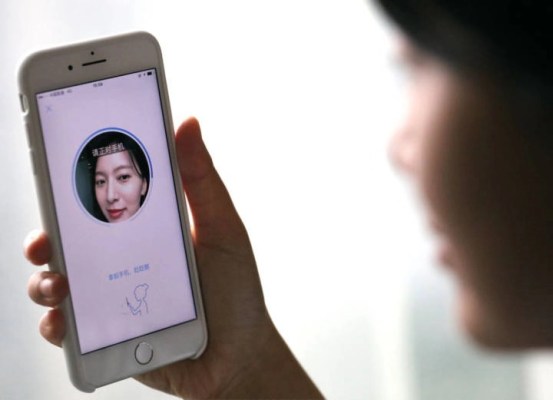

Chinese consumers were quick to adopt digital payments, and a recent shopping binge showed they are ready for another leap: biometric payments.
On November 11, Alibaba wrapped up Singles’ Day – the world’s largest shopping event – and hauled in $30.8 billion in total transactions, a staggering amount bigger than Cyber Monday and Black Friday combined.
Instead of frantically inputting payment passwords to grab deals, Chinese users jumped on new technologies to shop in the blink of an eye. This year, 60.3 percent of Singles’ Day customers paid either by scanning their fingerprint or taking a selfie.
That’s according to Alipay as it collected the data for the first time. The Alibaba affiliate digital wallet handles online and offline transactions for 870 million users around the world and its close rival WeChat Pay, the payment method that runs on Tencent’s popular chat app, is on a par at over 800 million.
Both are racing towards a future of seamless payment. Alipay debuted pay-by-fingerprint back in September 2014. In less than a year, WeChat Pay announced its own. Over time Chinese shoppers got themselves familiar with biometric verification, using it to unlock smartphones and enter office buildings. By 2016, around 95 percent of the people surveyed by China’s Payment and Clearing Association said they “knew about” fingerprint recognition.
The more sophisticated selfie-taking method soon followed. Last year, Alipay rolled out a smile-to-pay scheme at a KFC store in Hangzhou, home to Alibaba and Alipay, and has since then launched face recognition verification for a wide range of offline scenarios, including delivery pickup.

Alipay’s parent company Ant Financial lets users scan faces to pick up deliveries. / Source: Alibaba
The government has also been swift to leverage face recognition for other purposes. A well-known example is its alliance with the world’s highest-valued AI company SenseTime to develop China’s national surveillance system that can, for instance, track down criminals on streets.
Chinese people are getting in on unique-to-my-body authentification fast. In 2016, just above 70 percent users were comfortable with paying with their biometric information, according to the CPCA survey. In 2017, the ratio jumped to 85 percent.
This fast adoption also raises issues. In 2016, half of the respondents from the survey expressed security concerns over using biometrics payments. In 2017, 70 percent said they were worried. That same year, 77.1 percent cited privacy as another concern, up from just under 70 percent a year ago.

